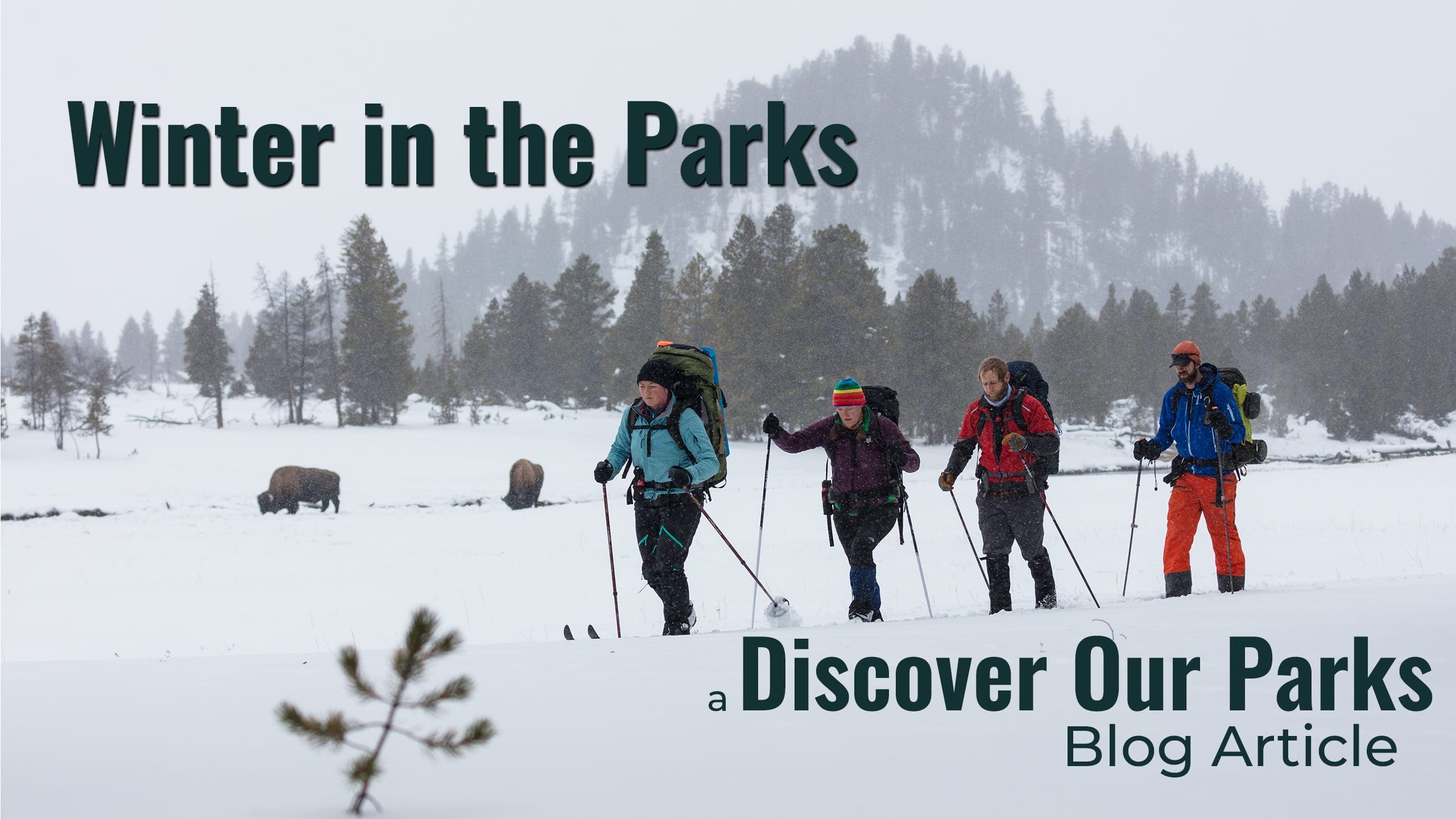Posted: December 17, 2020
As the months grow cooler and the days get shorter, looking for ways to get out into nature can seem more difficult. But winter in the parks can be an amazing way to discover our parks in a different light.
Take a look at the many different ways to enjoy the parks in the winter months and also look at what some of the parks and wildlife do to prepare for the colder months.
Preparations for the Winter Months
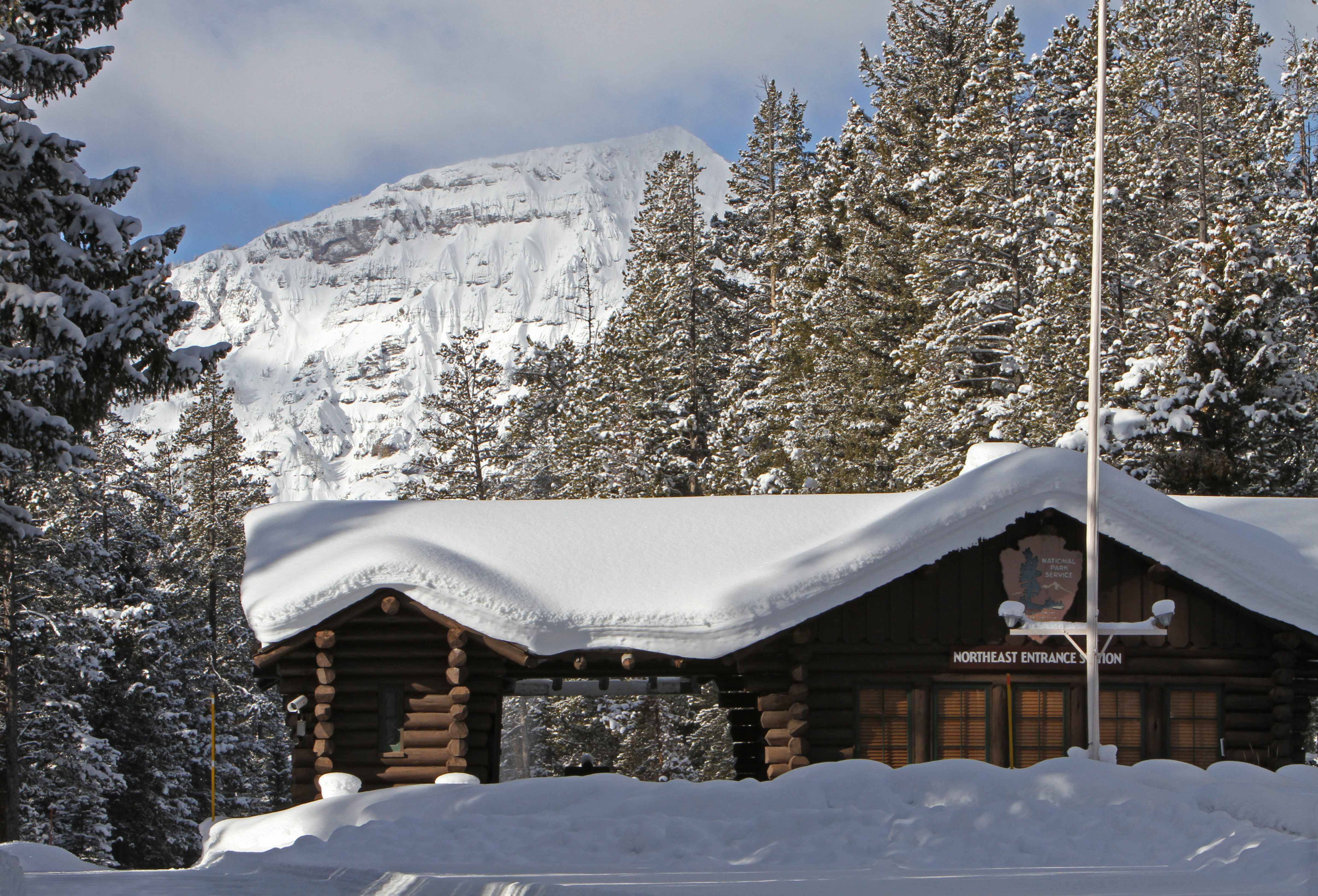
Each national park has different strategies for preparing the parks and facilities for the colder months. They also look at how visitors can continue to visit the parks. Some parks close down completely, like Isle Royale National Park, due to accessibility and safety. And others, like Yellowstone National Park, mostly close for a few weeks to prep the park for visitors and the winter recreational activities, like the ones below.
Yellowstone National Park offers a unique view of what parks do to prepare for the winter and the offerings they have to make it available to the public to enjoy but also conserve the park.
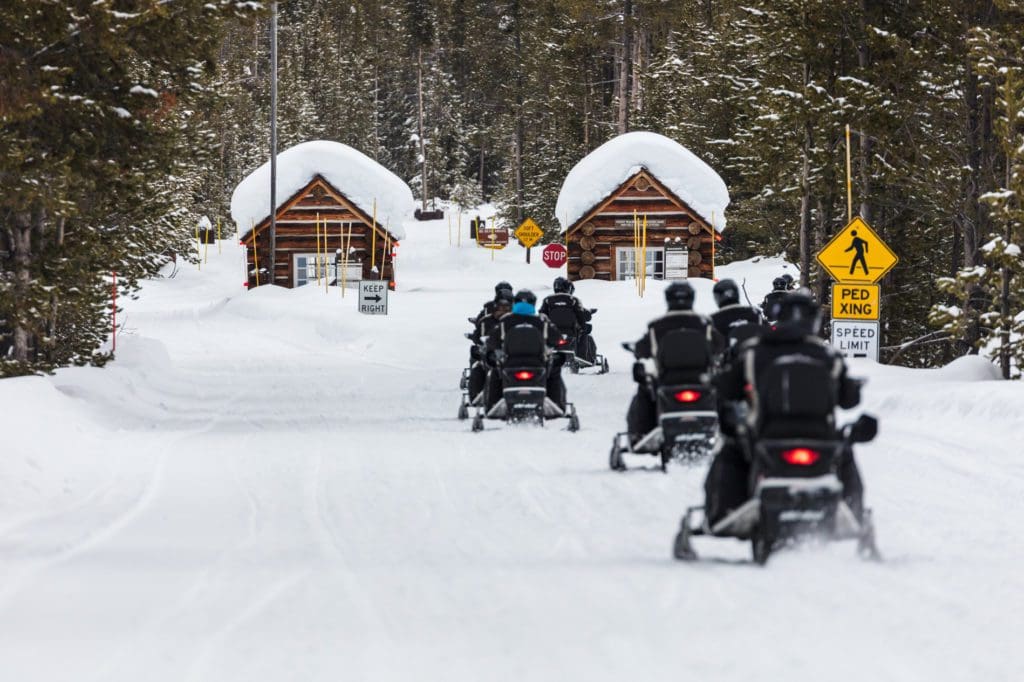
In October 2013, Yellowstone National Park finalized a management plan to allow access to the park with motorized vehicles, like snowmobiles and snow coaches. This management plan allows for easier access to the beauty of the park during winter months, but also helps preserve the park for future generations. It also makes sure that wildlife have access to their needs during the winter months.
SPONSORED ADVERTISEMENT
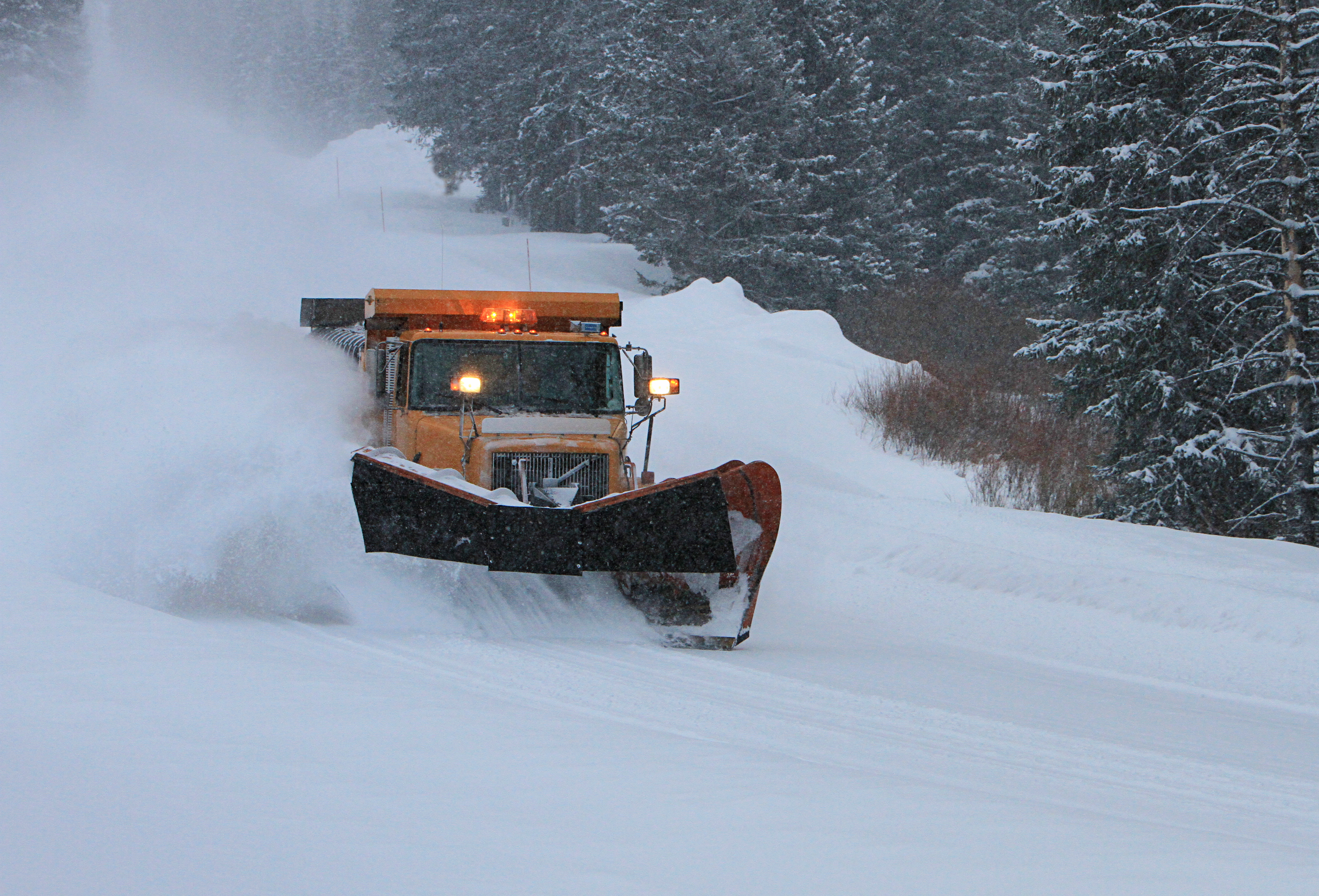
Preparing for the colder weather means lots of snow moving. The park utilizes snow plows to move excess snow on NE Entrance Road and part of Grand Loop Road, the only roads in and out of the park during the winter months.
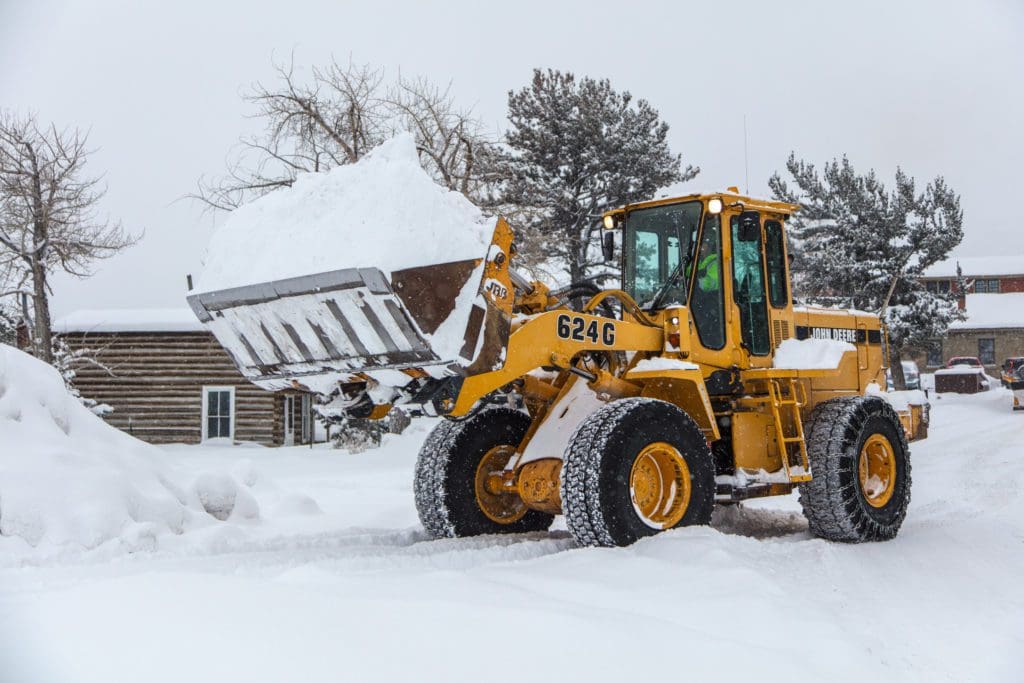
Keeping the park safe can be a challenge and visiting during the winter months requires special preparation. Be sure to #RecreateResponsibly when you visit any park during the winter months.
Wildlife in the Winter
From the smallest of creatures, think squirrels, to the largest, like bison, many animals must prepare for the colder winter months and some go through different physical changes to ensure they are ready.
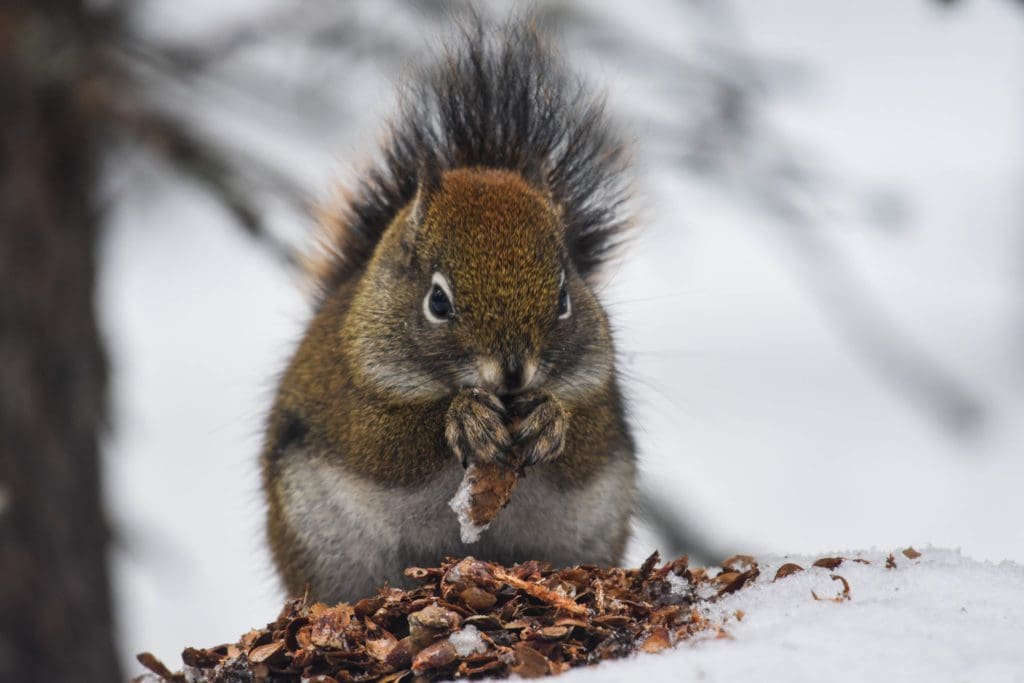
Take a look at red squirrels and beavers. They are known to horde food supplies before the colder weather hits, so when it is cold outside, they don’t even have to leave home, or at least go far from home, to get their much needed food.
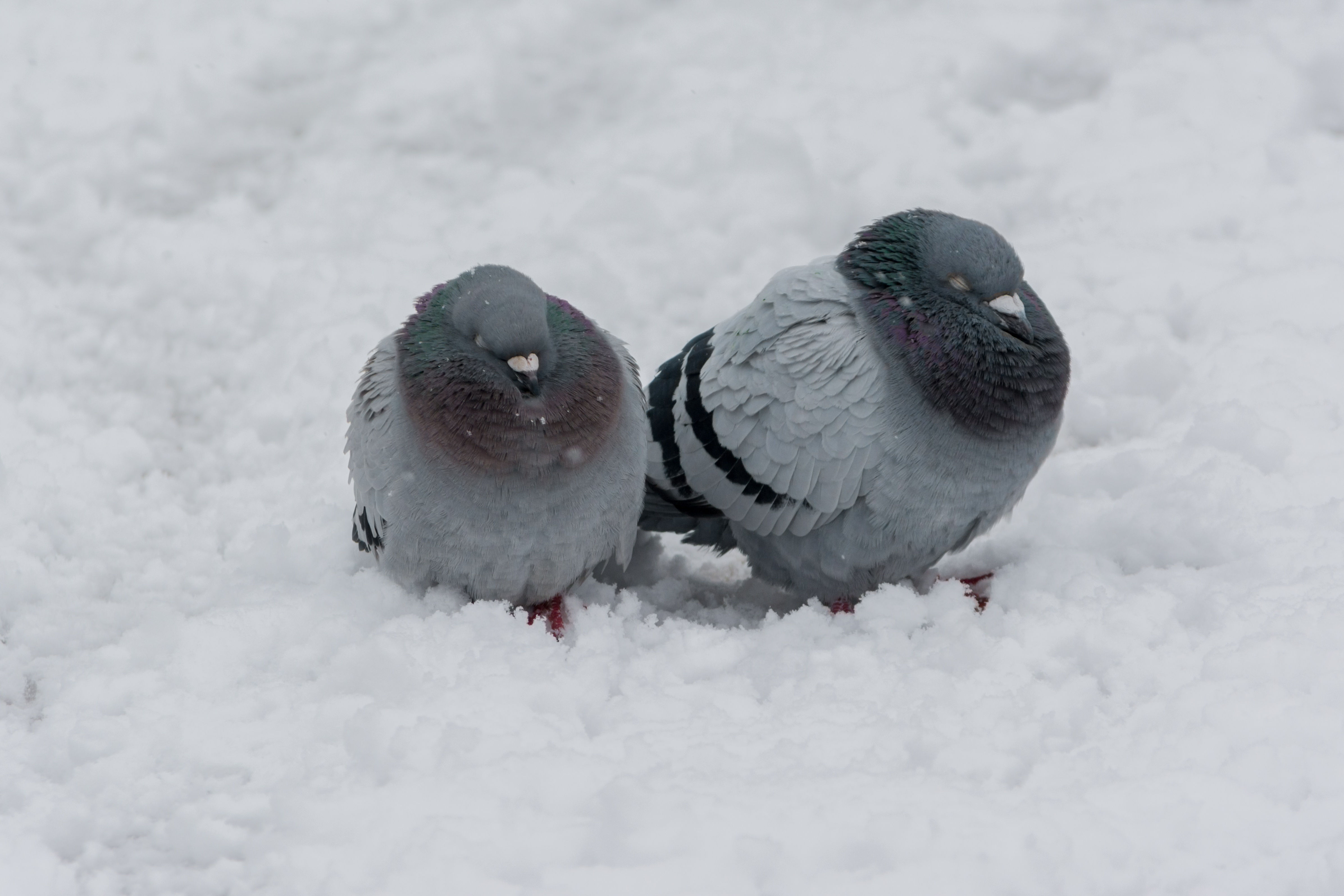
Some birds that do not migrate for the winter, will roost with their heads tucked up all cozy and warm in their back feathers to conserve heat.
SPONSORED ADVERTISEMENT
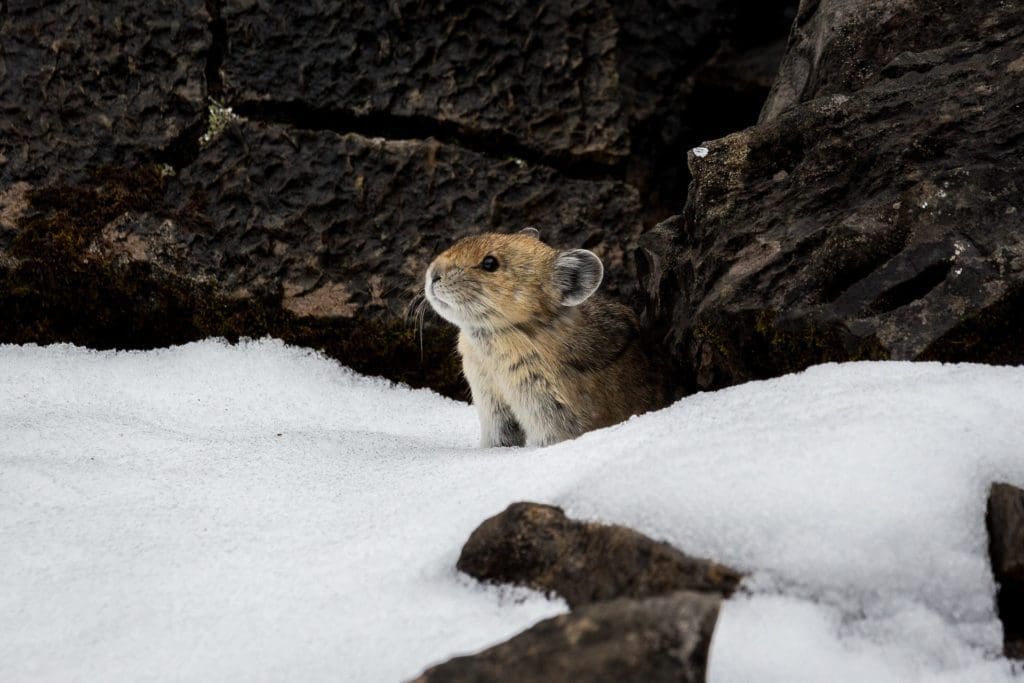
Some small mammals will either huddle together for warmth in their winter dens or find insulation, protection from predators, and easier travel by living beneath the snow.
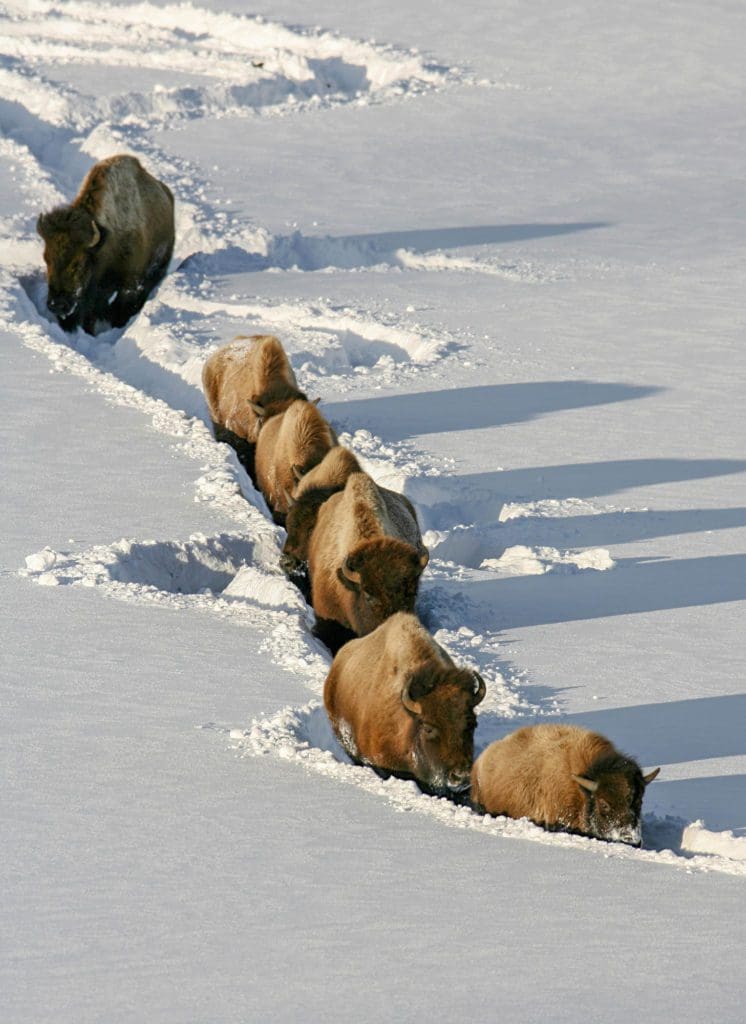
Larger wildlife like bison, deer, and elk will save hard earned energy by following one-by-one lines in the snow, not that fun for the leader!
Some wildlife will molt thier fur each season to prepare for winter.
Mammals grow additional underfur each fall that consists of short, thick, often wavy hairs designed to trap air. “A sebaceous (oil) gland, adjacent to each hair canal, secretes oil to waterproof the fur. Mammals have muscular control of their fur, fluffing it up to trap air when they are cold and sleeking it down to remove air when they are warm.”2
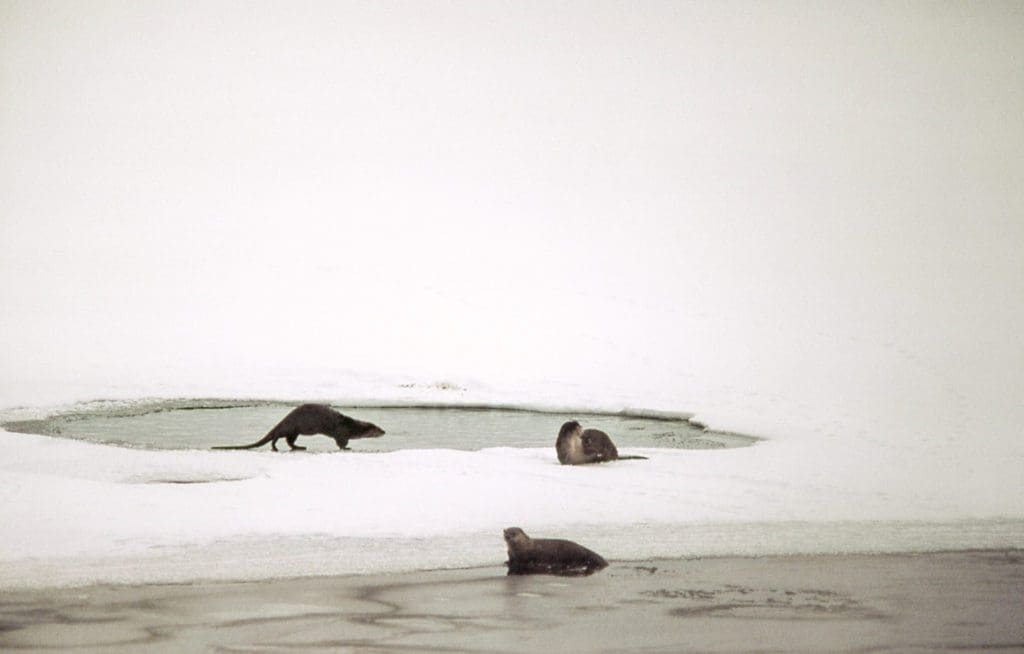
“River otters’ fur has long guard hairs with interlocking spikes that protect the underfur, which is extremely wavy and dense to trap insulating air. Oil secreted from sebaceous glands prevents water from contacting the otters’ skin. After emerging from water, they replace air in their fur by rolling in the snow and shaking their wet fur.”2
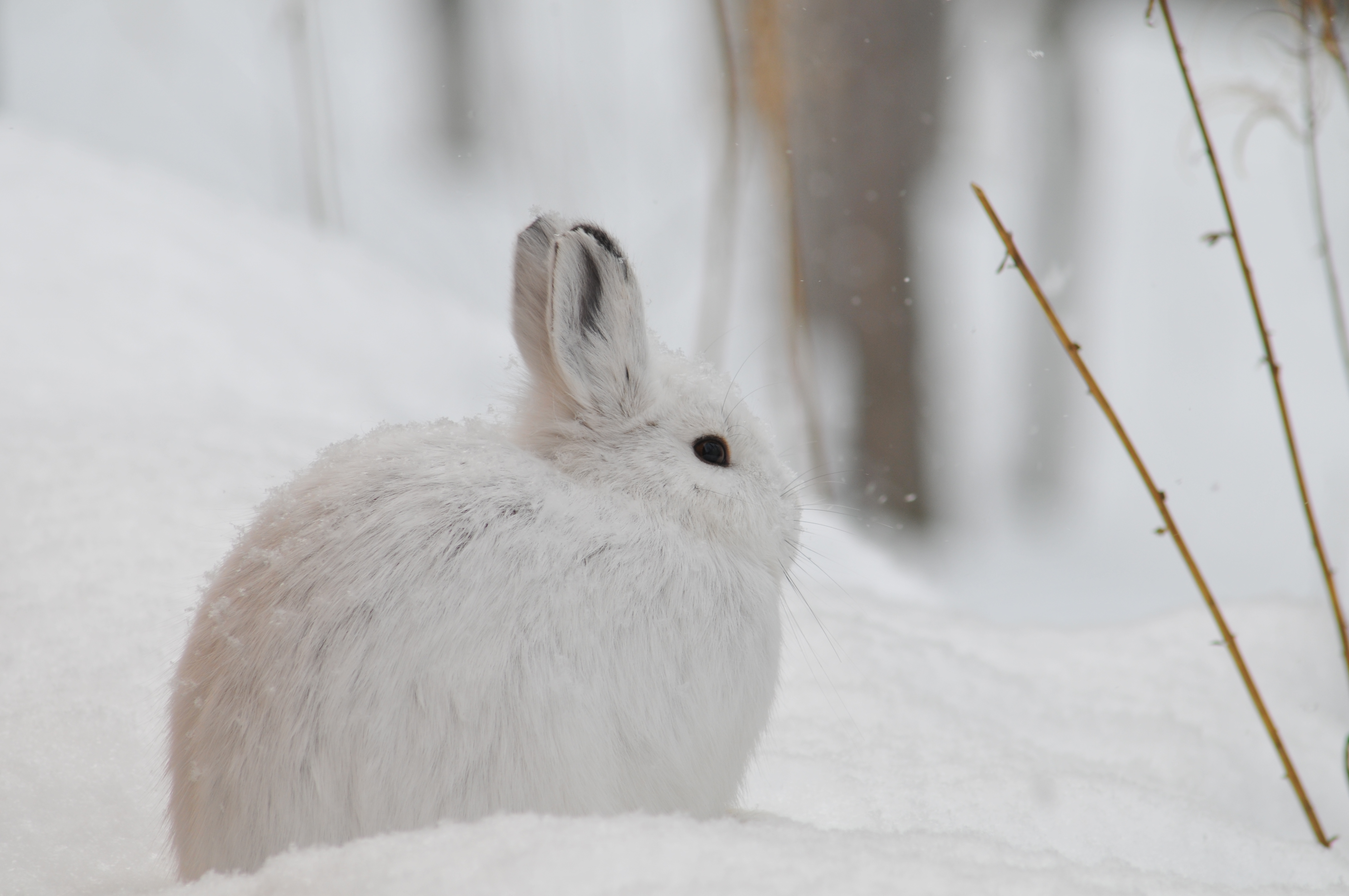
“Snowshoe hares, white-tailed jackrabbits, long-tailed weasels, and short-tailed weasels turn white for winter. White provides camouflage but may have evolved primarily to keep these animals insulated as hollow white hairs contain air instead of pigment. Snowshoe hares (also) have large feet to spread their weight over the snow; martens and lynx grow additional fur between their toes to give them effectively larger feet.”2
SPONSORED ADVERTISEMENT
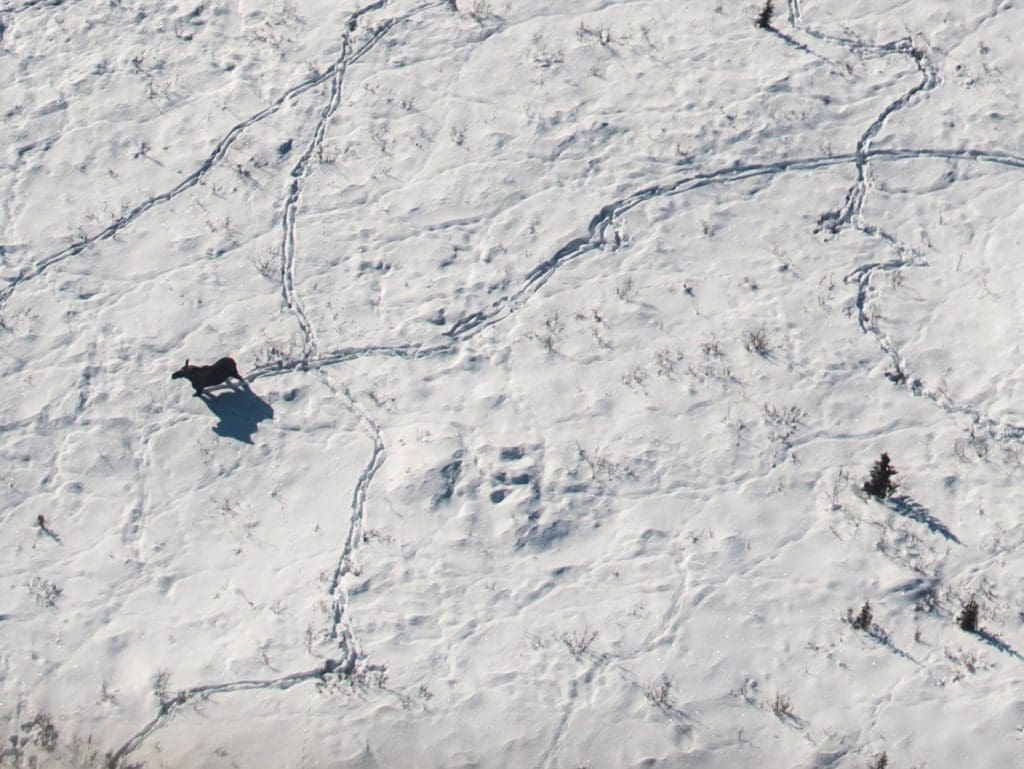
And “Moose have special joints that allow them to swing their legs over snow rather than push through snow as elk do.”2
“Chorus frogs tolerate freezing by becoming severely diabetic in response to cold temperatures and the formation of ice within their bodies. The liver quickly converts glycogen to glucose, which enters the blood stream and serves as an antifreeze. Within eight hours, blood sugar rises 200-fold. When a frog’s internal ice content reaches 60–65%, the frog’s heart and breathing stop. Within one hour of thawing, the frog’s heart resumes beating.”2
These are just a few of the tactics the wildlife in the colder parks use and have evolved to stay warm.
Winter Activities
Winter in the Parks brings a whole new group of activities to keep everyone active when visiting the parks. Not all parks are created equal when it comes to weather, but the ones that experience the extreme cold weather can provide opportunities to get out in nature in new ways.
Here are just a few of the many activities that you can enjoy in the parks during the winter months. Each includes a link to find out which parks offer these activities.
Cross-country skiing
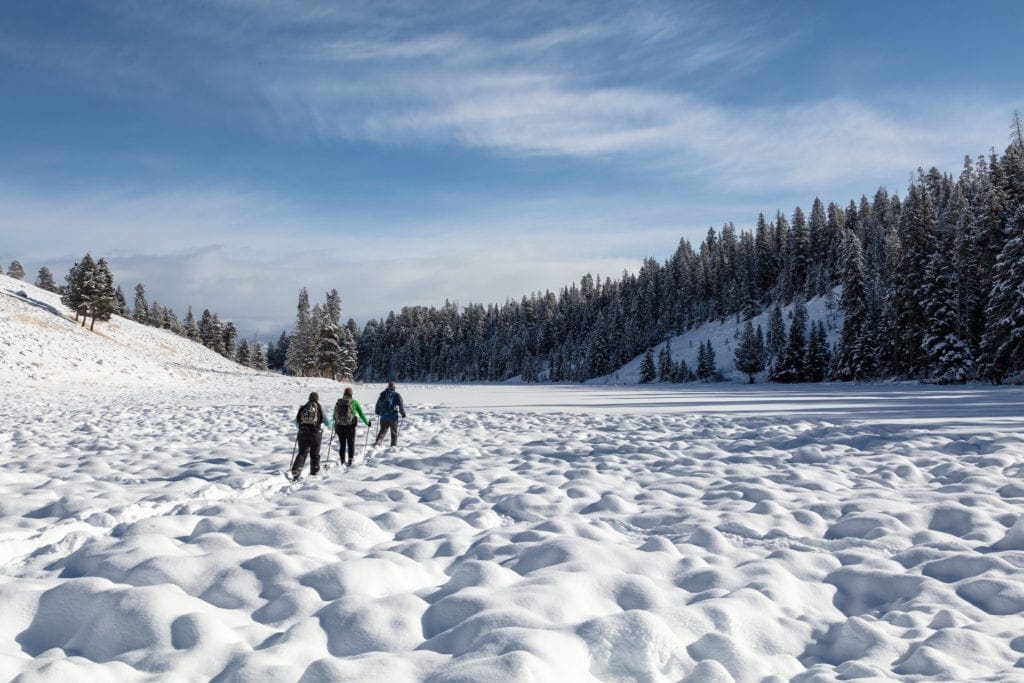
“Other than sledding, few winter activities are as accessible as cross-country skiing (aka Nordic or XC skiing). The sport attracts a wide cross-section of people, including hikers looking for a way to get outdoors in the winter, snowshoers who want to move more smoothly through the landscape and downhill skiers looking for a more serene (and affordable) alternative.”1
If you’ve never been cross-country skiing, look for an outfitter that provides lessons before heading out or look for a guided tour. It is highly suggested that you look for “groomed” trails as well. They will make your trip that much easier and safer. Look at the parks in the link below for detailed information on where to go and which trails might be groomed.
Discover which parks offer cross-country skiing here.
SPONSORED ADVERTISEMENT
Downhill skiing
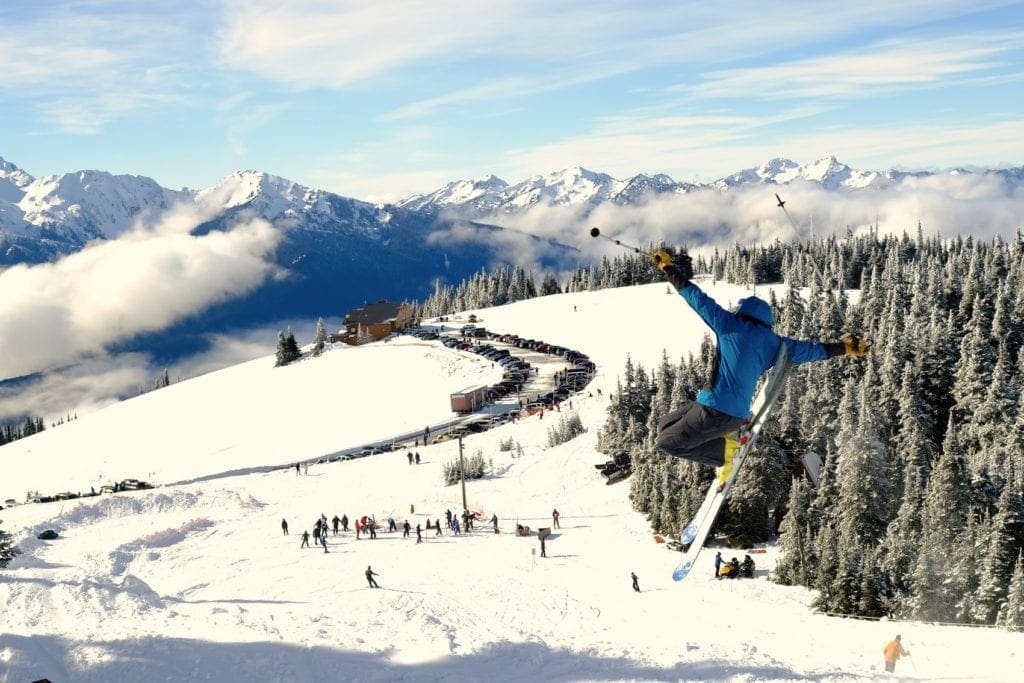
Several of the parks offer downhill skiing. They are mostly run by a private resort within the park. Take a look at the link below and find more information about downhill skiing in each park.
Discover which parks offer downhill skiing here.
Dog Sledding

The parks in Alaska offer a very unique experience for visitors through dog sledding. Visitors will need to arrange with local guides ahead of time if they do not have their own dogs. Check out the link below for information and links to the parks that offer dog sledding in the winter, sometimes the best or only way to move around the parks.
Discover which parks offer dog sledding here.
Ice climbing
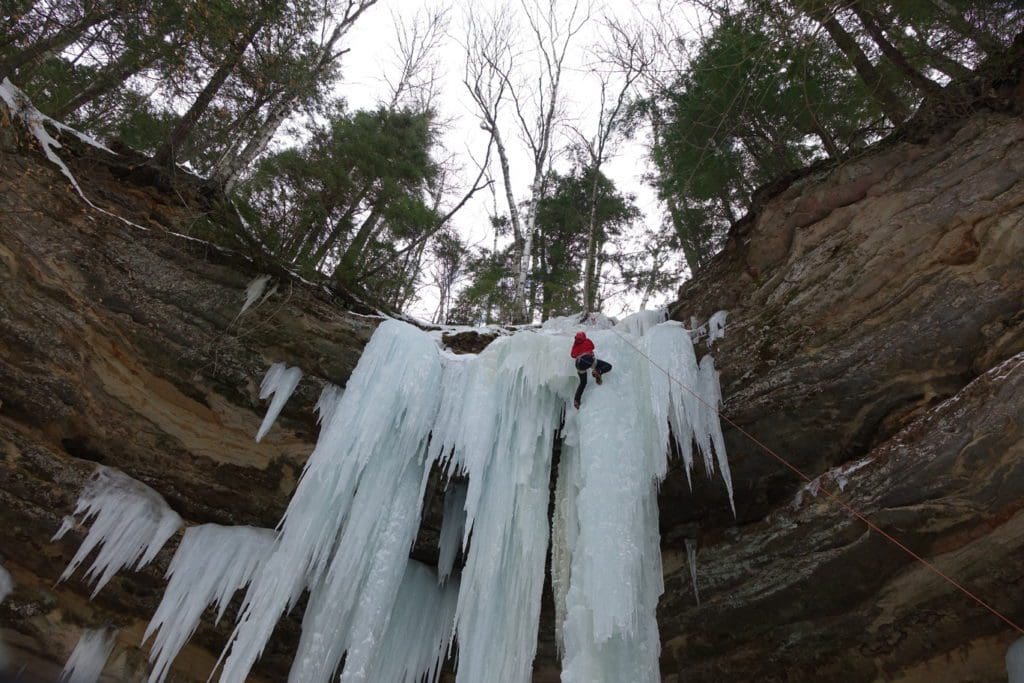
Ice climbing is a very unique experience that many rock climbers want to partake. Very few parks offer this winter activity and the conditions have to be just right. See the link below for more information on which parks have ice climbing and what the policies are in order to participate.
Discover which parks offer ice climbing here.
SPONSORED ADVERTISEMENT
Ice skating
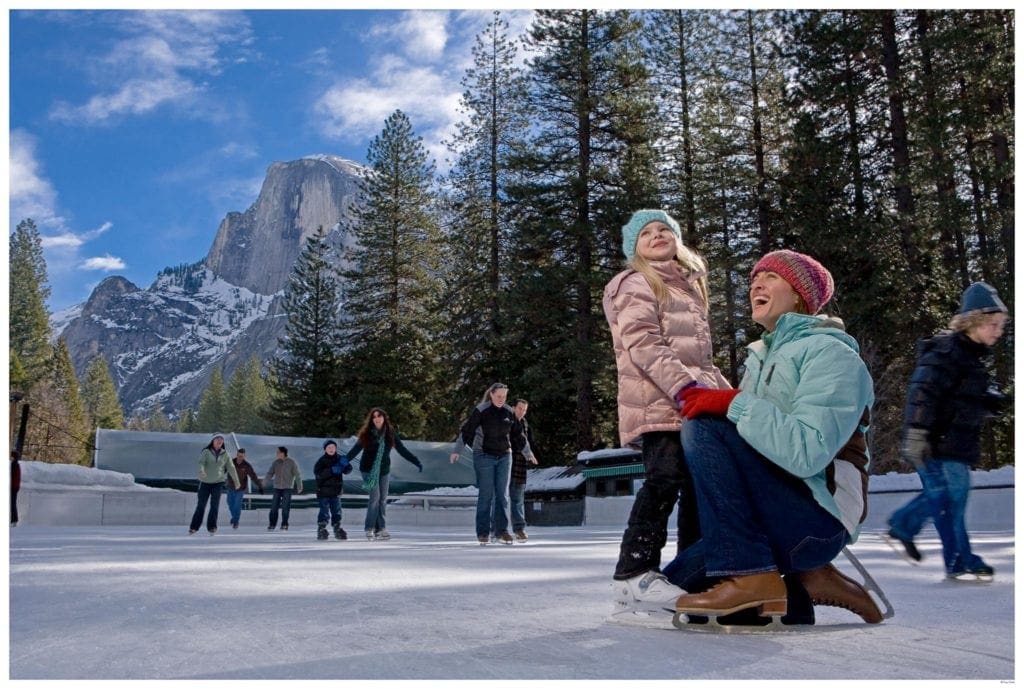
We all love ice skating, right? Well add that to the beauty of the national parks and you get a very memorable experience. Check out the link below for which parks maintain ice skating rinks and learn how to get out on those skates in a park!
Discover which parks offer ice skating here.
Snow play
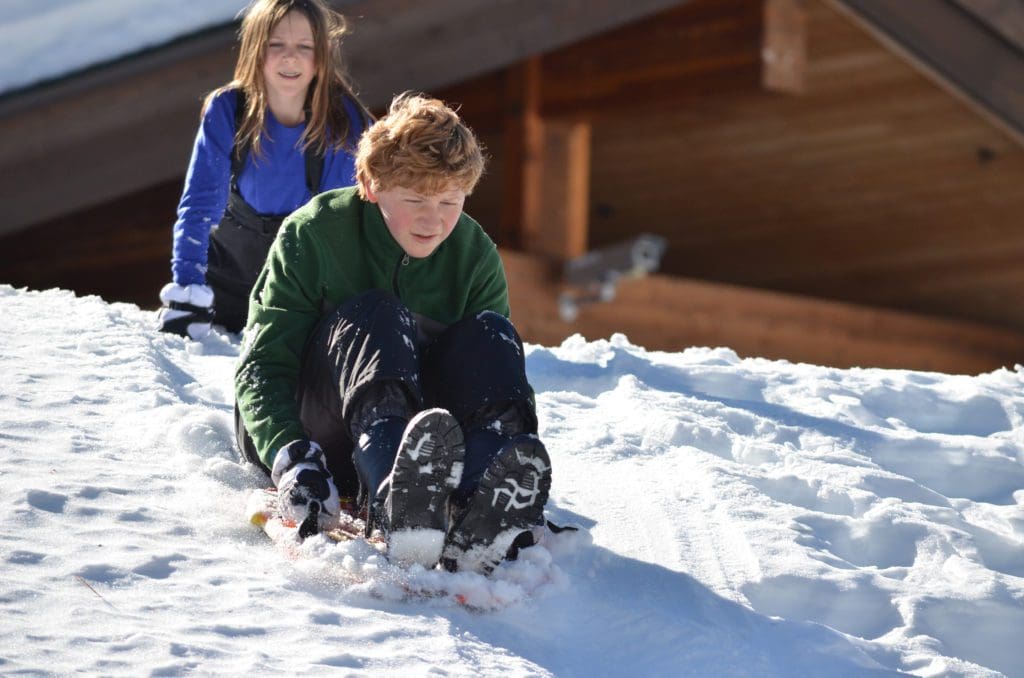
Snow play can be building a snowman, sledding or a snowball fight among siblings (though we don’t suggest starting the last battle). Parks that offer snow play usually have an area set aside for just that. This helps protect the natural areas outside of these areas and preserve them for future generations and current enjoyment. Find out which parks offer snow play in the link below and maybe throw the first snowball!
Discover which parks offer snow play here.
Snow tubing
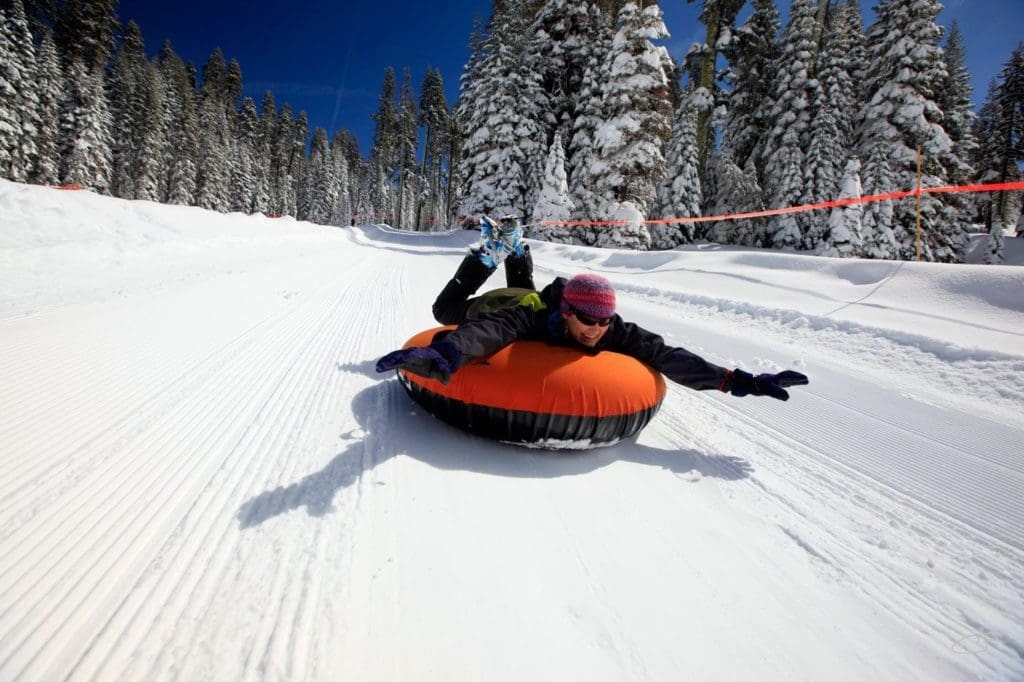
We all know about sledding, but why not tubing! Snow tubing is similar to sledding but you might have a little less control and maybe even more fun. Check out the link below to see which parks offer snow tubing. Most of the parks only allow snow tubing within certain areas of the park for safety and to help preserve the park.
Discover which parks offer snow tubing here.
SPONSORED ADVERTISEMENT
Snowmobiling
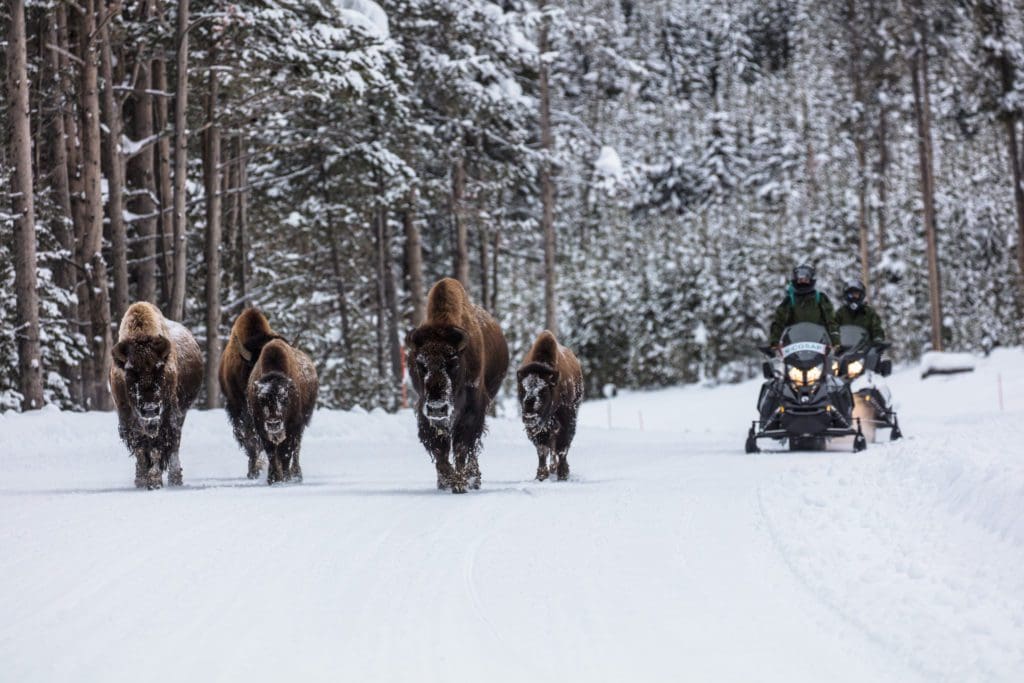
Some parks close there roads during the winter months, as the snow becomes too difficult to manage. This means the only way to travel within some parks is by snowmobile. Parks, like Yellowstone, have restrictions on the use and the amount allowed during the season to ensure the park stays natural and to protect the wildlife. Check out the list in the link below of the parks that offer snowmobiling and make sure to check out the policies and rules that govern there use in each park.
Discover which parks offer snowmobiling here.
Snowshoeing
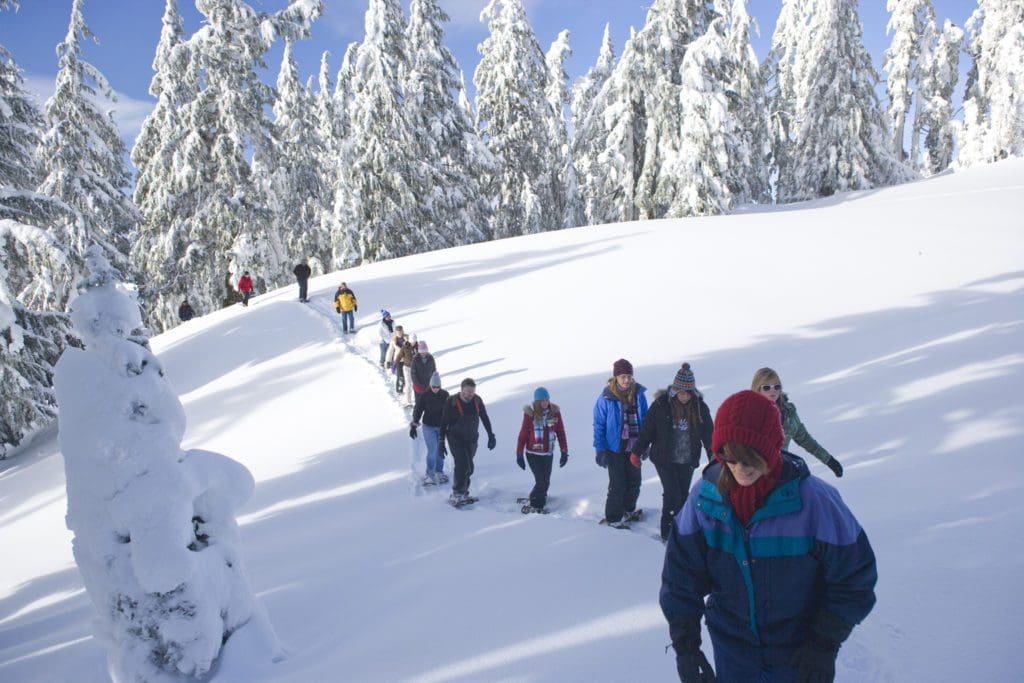
Hiking in the winter becomes difficult when the snow is so deep. Snowshoeing is an alternative and sometimes the only way to hike within the parks. Some parks offer guided snowshoeing hikes and some also offer rentals, meaning you wouldn’t have to invest in them. Check out the list of parks that offer snowshoeing in the link below.
Discover which parks offer snowshoeing here.
No matter how you get out in the parks in winter, there are so many options on what activities to enjoy! Make sure that you #RecreateResponsibly and follow the guidelines to be prepared and travel safely when visiting any national park. And don’t forget to have fun!
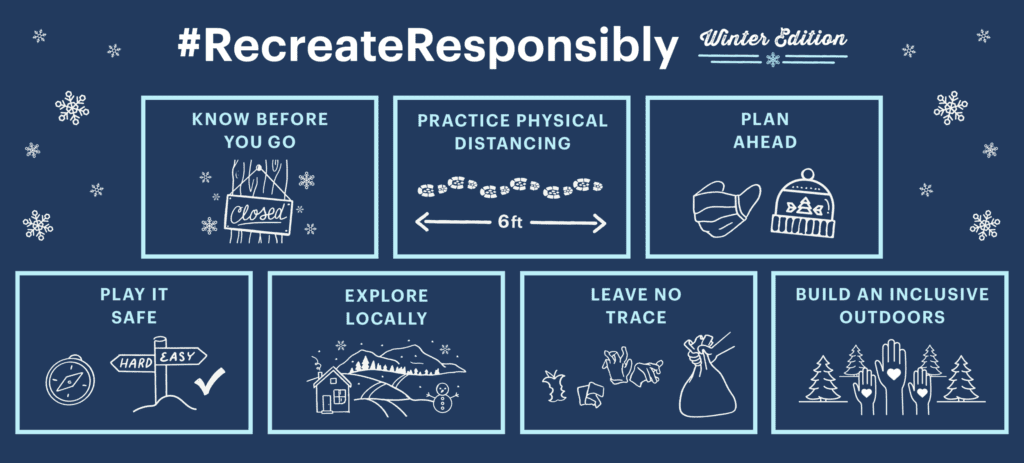
Help support Discover Our Parks by becoming a Patron for as little as $1 a month! Your support will help us continue to provide articles like this and add even more information about our parks to this site.
If you want to make a one-time donation, buy us a coffee!
‘We got some of the above information from the following:
1: REI – How to Cross-Country Ski : A Beginner’s Guide to Classic XC Skiing
2: NPS – Yellowstone NP – Winter Ecology
Check out these recent posts from Discover Our Parks:
- The Isolated Black-bellied Salamander: Wildlife of the Week – 2023 Week 22
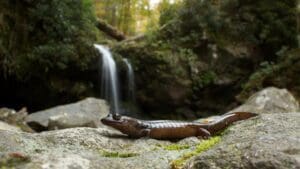
- The Splendid Sandhill Crane: Wildlife of the Week – 2023 Week 21
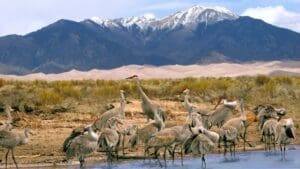
- The Promising Peregrine Falcon: Wildlife of the Week – 2023 Week 20
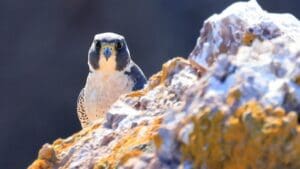
- The Intimidating Killer Whale: Wildlife of the Week – 2023 Week 19

- The Swift Fox: Wildlife of the Week – 2023 Week 18
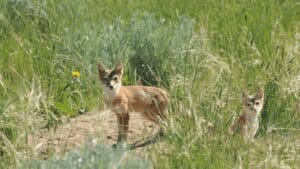
SPONSORED ADVERTISEMENT

